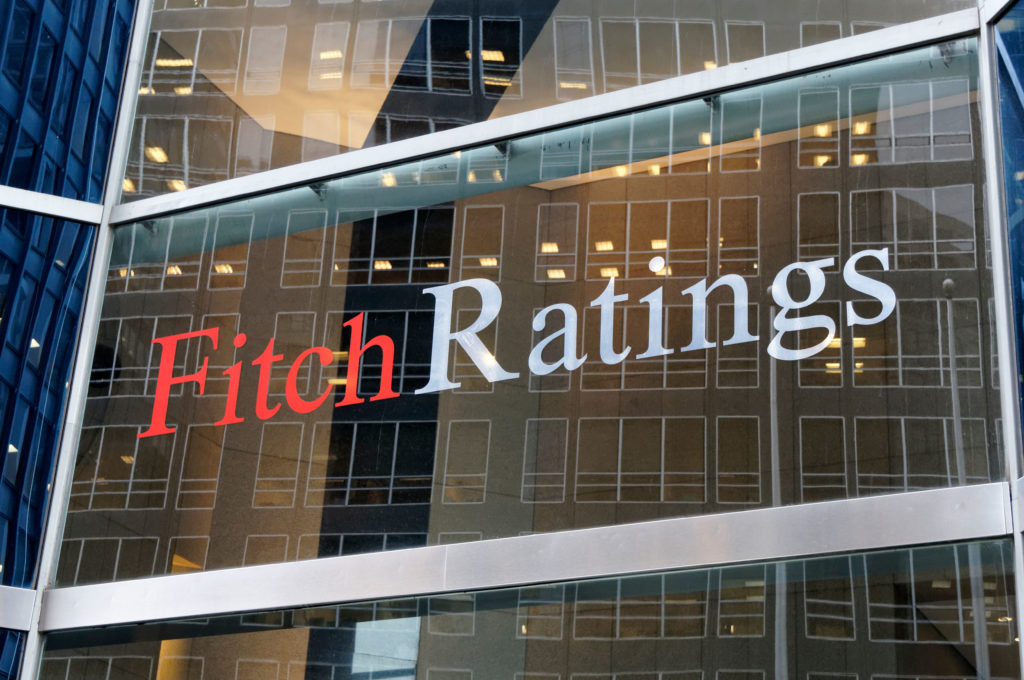BAKU
Fitch Ratings has affirmed Azerbaijan’s long-term foreign currency Issuer Default Rating (IDR) at ‘BB+’ with a Stable outlook, supported by the country’s very strong external balance sheet, low public debt and strong financing flexibility from large sovereign wealth fund assets.
“Set against these factors are weak governance indicators and lack of predictability and transparency of economic policy-making, especially in relation to the exchange rate regime, high banking sector dollarisation and dependence on the hydrocarbon sector,” the agency said in a report.
Fitch said that the Stable outlook reflected expectations for continued balance sheet strength and reduced risk of a return to war with Armenia, but limited prospects of a significant strengthening of the macro-policy framework or implementation of structural reforms to speed up non-oil diversification.
Fitch forecasts Azerbaijan’s gross domestic product (GDP) growth of 4.9 percent in 2021, following last year’s 4.3 percent contraction, driven by the recovery in the non-oil sector and supported by the vaccination rollout, currently 97 doses per hundred people.
“We project GDP growth slows to 2.9 percent in 2022 and 2.3 percent in 2023,” the agency said.
Azerbaijan’s large external buffers have been preserved during the pandemic and are supported by the higher oil price. Sovereign foreign-currency assets rose to $51.2 billion at the end of the third quarter of 2021 (86 percent of which comprise holdings of the sovereign wealth fund SOFAZ), from $49.9 billion at the end of the last year, equivalent to 26 months of current external payments.
Net FX demand has been stable this year, and FX sales by SOFAZ (which are capped at the budget transfer amount) have been below the full budget allocation.
Fitch forecast the current account returns to a surplus of 7.9 percent of GDP in 2021, from last year’s deficit of 0. percent, before narrowing to an average of 5.3 percent in 2022-2023, mainly driven by our lower forecast average oil price (of $55/b in 2022 and $53/b in 2023, from $63/b this year) but still the highest in the peer group.
The net sovereign asset position is projected to increase to 84.1 percent of GDP at the end of 2023, from 83.1 percent at the end of 2020, compared with the ‘BB’ median of -2.1 percent.
“We project a general government surplus of 4.9 percent of GDP in 2021, following last year’s deficit of 6.5 percent, with accelerating capex execution towards year-end lowering the surplus relative to the nine months of 2021 outturn of 5.4 percent of GDP,” Fitch said.
It said that the large improvement in this year’s fiscal balance had been driven by the higher oil price, strong tax receipts (up 12 percent year-on-year in January-September 2021) on the back of economic recovery and improved compliance and the unwinding of pandemic support measures.
The agency forecast the general government surplus to narrow to 1.1 percent of GDP in 2022 and return to a deficit of 1.0 percent in 2023.
“This largely reflects a lower oil price and faster execution of infrastructure spending on the territories reclaimed in the conflict with Armenia to an average of 2.5 percent of GDP, but still compares favourably with the ‘BB’ median deficits of 4.0 percent and 3.5 percent, respectively,” it said.
The government plans to introduce a revised fiscal rule in 2022 comprising an annual reduction in the non-oil primary balance and a debt target, the consistent implementation of which would help bolster fiscal buffers in the medium term.
General government debt is projected to decline 3 percentage points in 2021 to 18.4 percent of GDP, and to level off at close to 17 percent in 2022-2023, the lowest in the ‘BB’ peer group.

